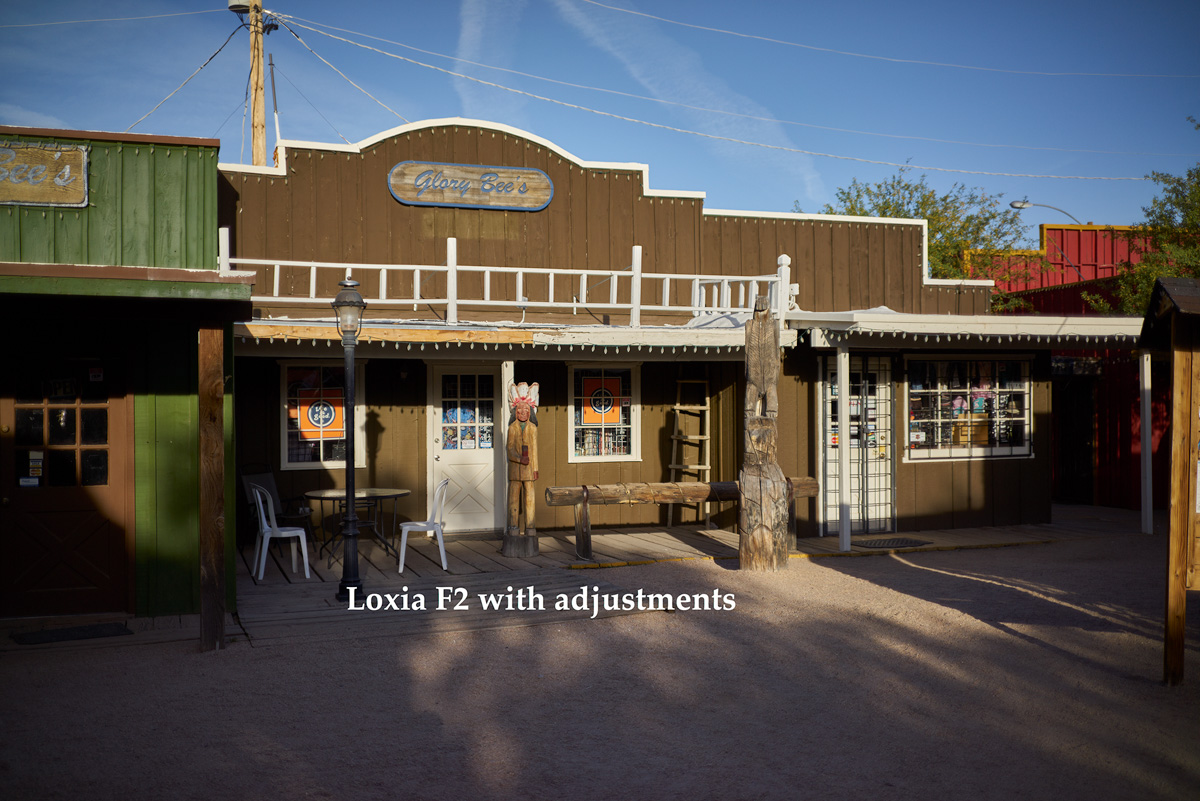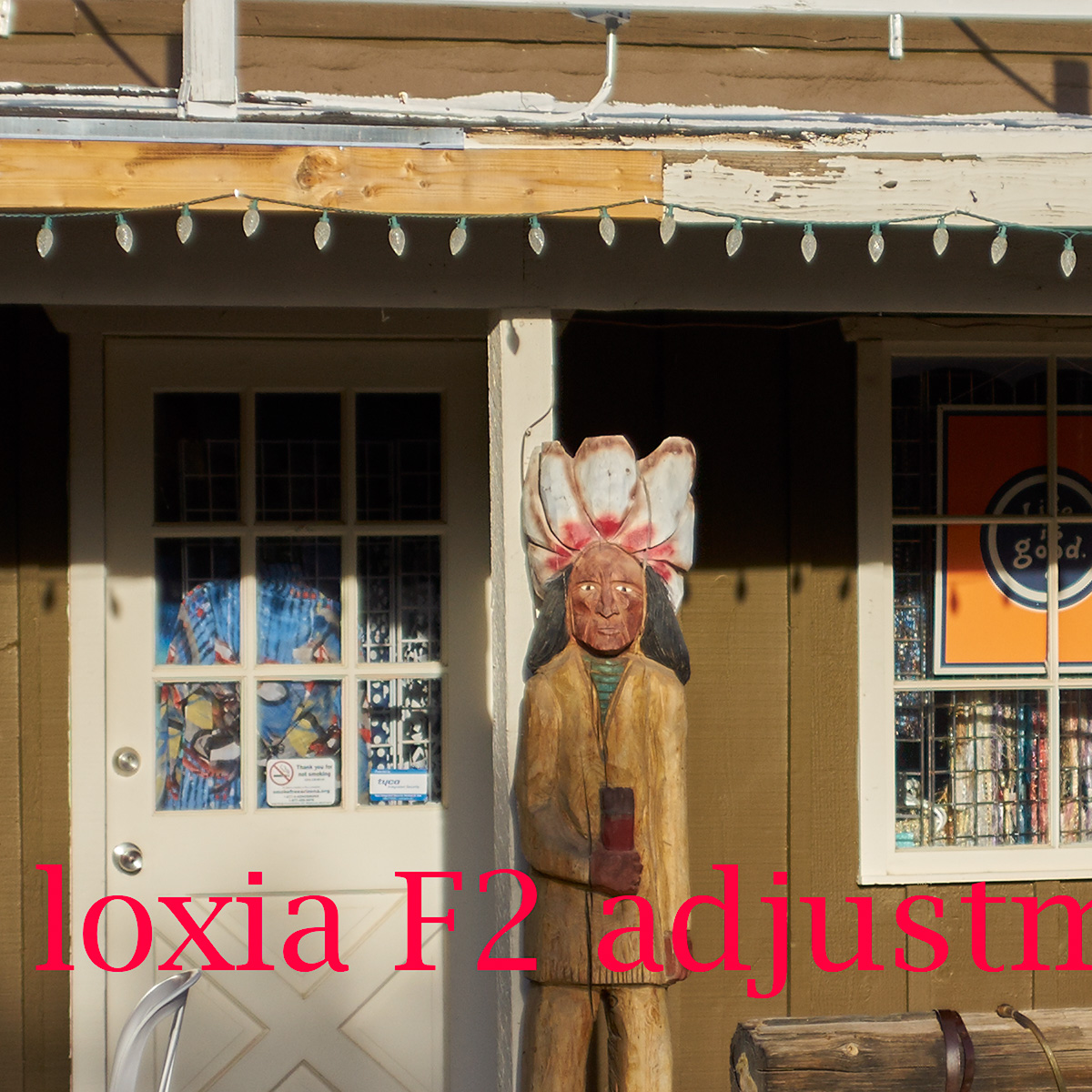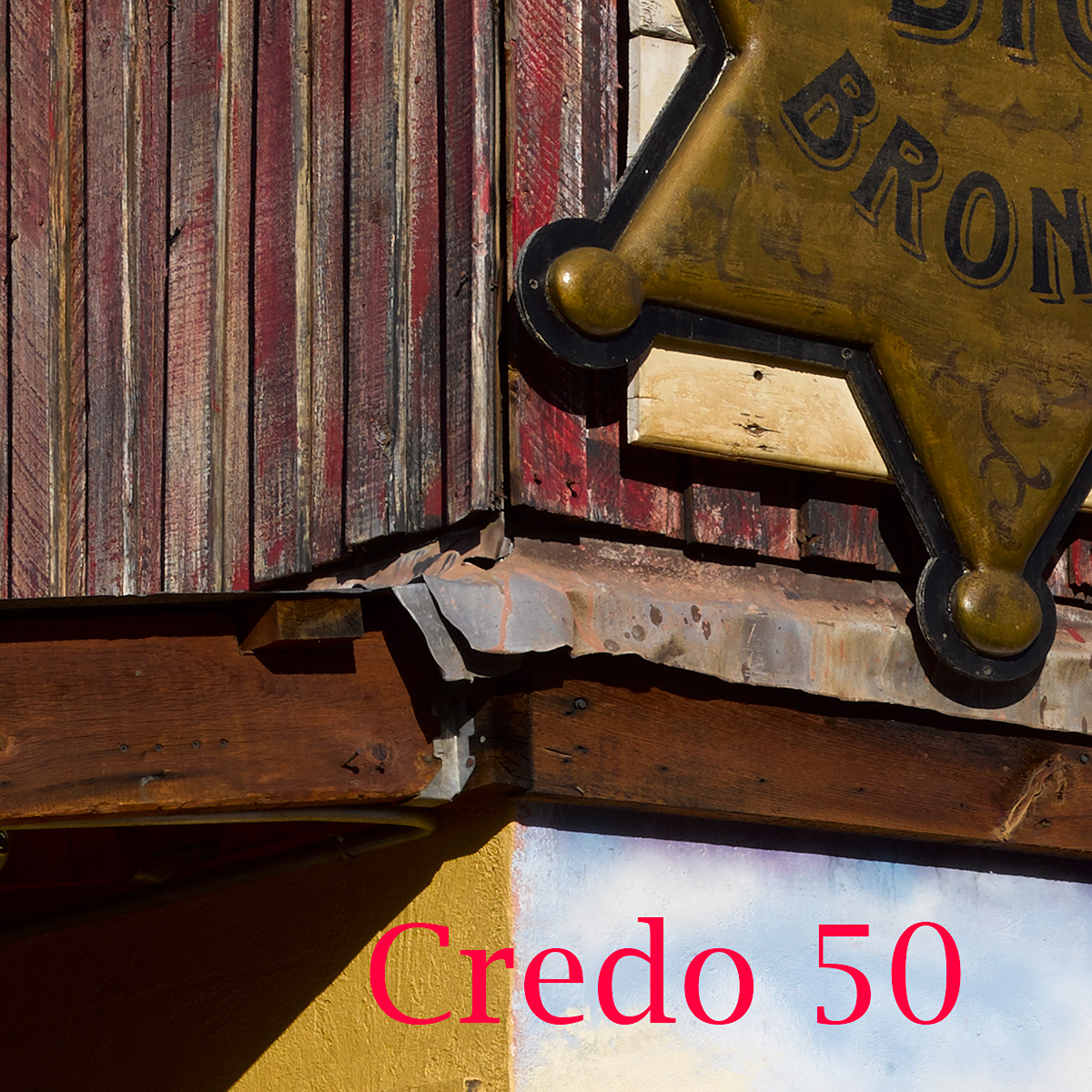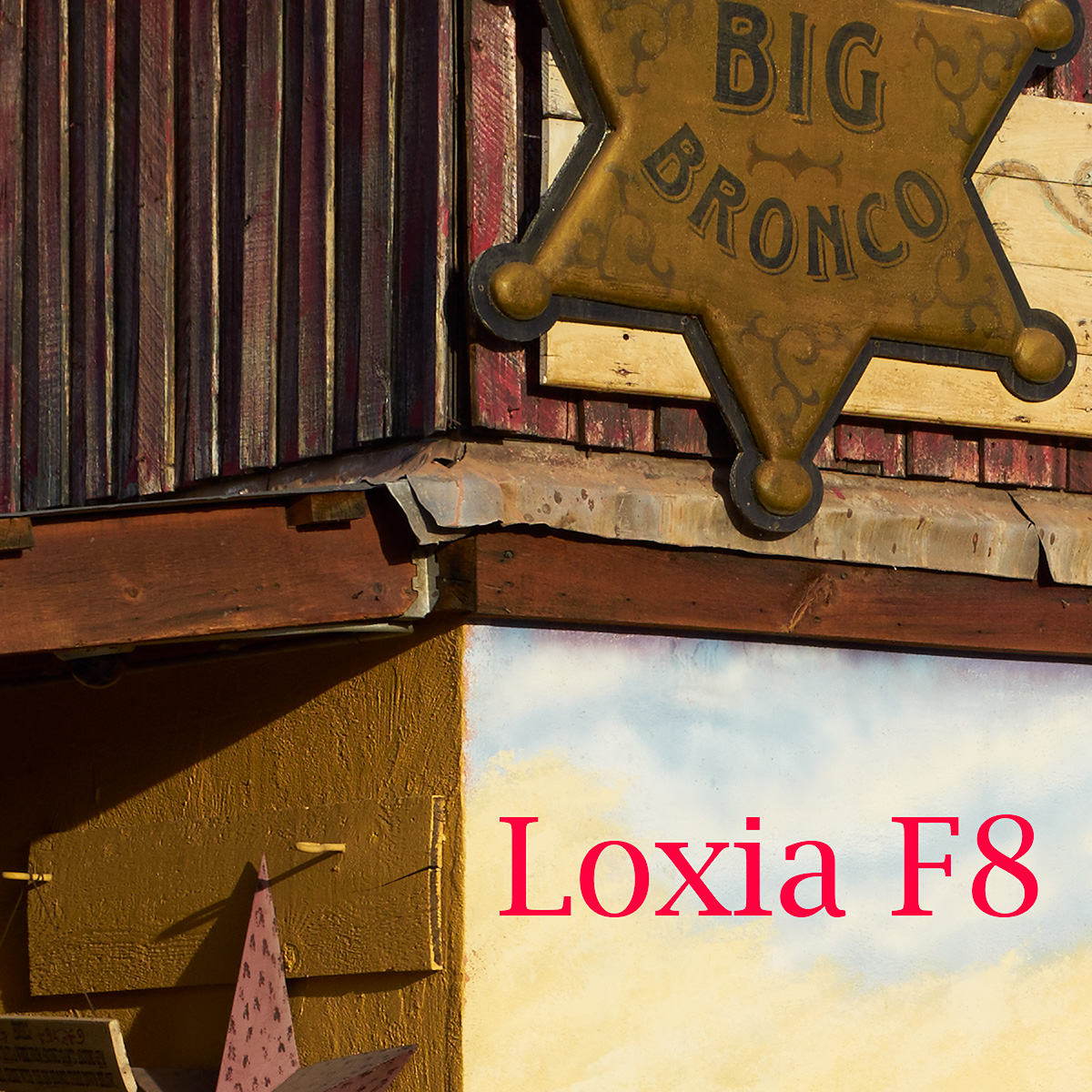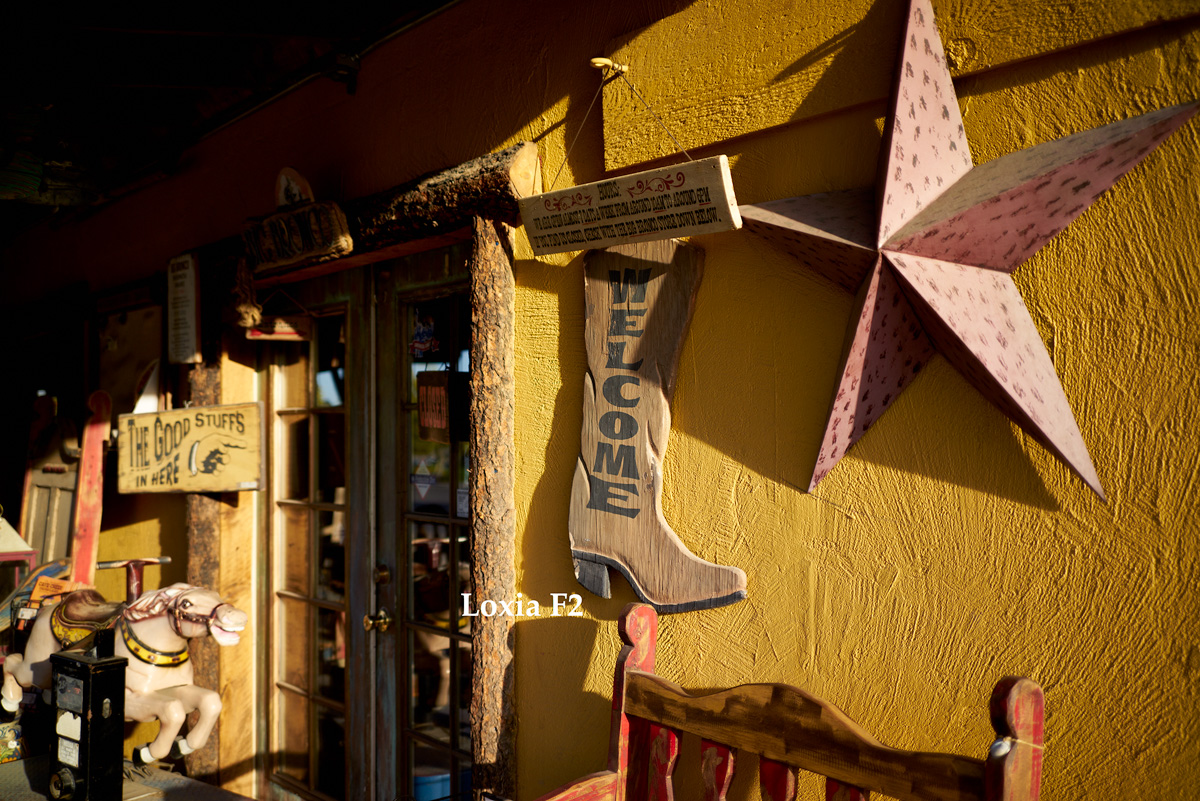The closer shots show damn good sharpness at f2.0.
Yes, but that has to do more with the scene than the lens. Almost any lens made in the last 50 years will render high contrast, hard edges as sharp at moderate magnification.
I completely agree with you that this lens has very good resolution at f/2 for an f/2 lens. In fact, it appears very well corrected, especially for color, except for this one problem (and my own idiosyncratic distaste for the overcorrected spherical aberration that characterizes most Zeiss lenses but which is admittedly mild here). The word "sharp" bothers me in discussions like this, however, due to it being subject so many variables...so I tend to overreact to its use.
So I think you are talking about the wider shots taken at f2.0 that look somehwhat soft, correct?
Specifically, I would point out the nailhead in the upper left corner of the '9309 file, which shows distinct smearing (I may be wrong that it is caused by coma) in a tangential pattern. This is practically gone in the '9310 file. Also, compare the floodlight that's even closer to the corner, where the same thing shows. Now that you know what I'm referring to, look at the thick white line on the horse's nose in the middle portion of the frame. Again, the same smearing is dominant across that edge at f/2, but gone at f/2.8.
Admittedly, this coma/smearing won't show up across low-contrast edges, but I seek out strong light in my own photography so that level of aberration was a no-go for me in those circumstances.
Before Guy posted these samples--and made such glowing (pun intended) remarks about the lens that I had to download the images to challenge my prior impression--I had only seen f/2 and f/8-ish samples. I figured that the coma died out across a few f-stops, like it does with most lenses. As it is, at least from these test shots, it appears that this lens is an extremely well-behaved lens. I'd probably shoot it as if it were an f/2.8 lens, but that's okay because I prefer slow lenses, and the Loxia would simply add an f/2 option to my arsenal. If I were in the market, it would have just shot to the top of my list.
Now, I'll have to not lurk in this thread quite so much or the gear lust will overcome me and put an unnecessary dent in my liquor budget.

Cheers,
Jon

